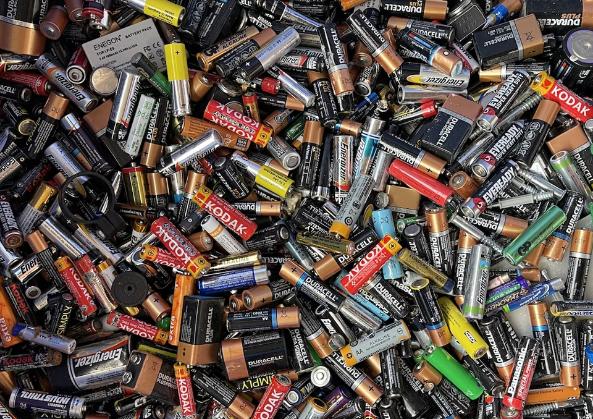
Carbon Graphite - Anode Material for Batteries
Carbon Graphite in Batteries
In this blog, we’d like to explain the advantages of carbon graphite as a negative electrode material in batteries. But first, a quick review for those new to this blog: What is graphite?
What is Graphite?
Some elements can exist in different forms. These forms are called allotropes. Sulfur, for instance, has many allotropes, more than any other element. Graphite is an allotrope of carbon, and, in fact, is the most stable form of carbon. “Wait!” we hear you saying. “Aren’t diamonds a form of carbon, and how could you get more stable than a diamond?” Yes, indeed — diamond is a metastable allotrope of carbon. Although its hardness is much higher than graphite (it is, as you’ve heard, the hardest substance in nature), its stability is lower than that of graphite. There, now you have a clever, and very detailed, answer should someone ask you “What is graphite?” at a party. In case there’s a smarty-pants at the party who really knows their carbon graphite (a Semco employee, for instance), here’s some more impressive facts to demonstrate your graphite expertise.
The term "graphite" comes from the Greek "graphein." Carbon graphite is resistant to high temperatures and corrosion, has good electrical conductivity, thermal conductivity, and stable chemical properties, and is lighter even than aluminum. In addition to being used as a negative electrode material for lithium-ion batteries, high-quality graphite can also be used in different applications such as fuel cells, solar cells, semiconductors, light-emitting diodes, and nuclear reactors.
Carbon Graphite as Anode Material
We love discussing batteries in this blog. Batteries are the future. Your personal devices already run on them. Your car will, if it doesn’t already. And one day your home may be battery-powered. And carbon graphite will be there in those batteries. What makes carbon graphite such a good material for batteries? In general, graphite has the advantages of high electronic conductivity. Then there’s the issue of intercalation. Graphite, as you probably remember from your days writing with a pencil, is a layered material, with layers sliding off one another easily. This is a quality that makes graphite a great dry lubricant as well. Intercalation is when molecules of one substance are inserted into the layered structure of another. In the case of batteries, lithium is intercalated into carbon graphite. With carbon graphite, there is a small volume change of the layered structure before and after lithium intercalation, high lithium intercalation capacity, and low lithium intercalation potential. In addition to graphite’s good electrical conductivity and high crystallinity, its suitability for repeated insertion-deintercalation of lithium ions has made it the mainstream commercial lithium-ion battery anode material. What’s more, through graphite modification, such as oxidizing and coating polymer pyrolytic carbon on the surface of graphite to form composite graphite with core-shell structure, carbon graphite’s charge and discharge performance, as well as its specific capacity, can increase.
So we’ve answered the questions what is graphite? and how is graphite used in batteries? There’s one remaining question—how do we get carbon graphite?
There are two ways to get graphite: one is natural ore, and the other is through the synthesis of coal tar. The graphite materials used in lithium-ion batteries are generally prepared by blending 55% synthetic graphite with 45% low-purity natural graphite. More on how Semco acquires its graphite in another blog this month.
